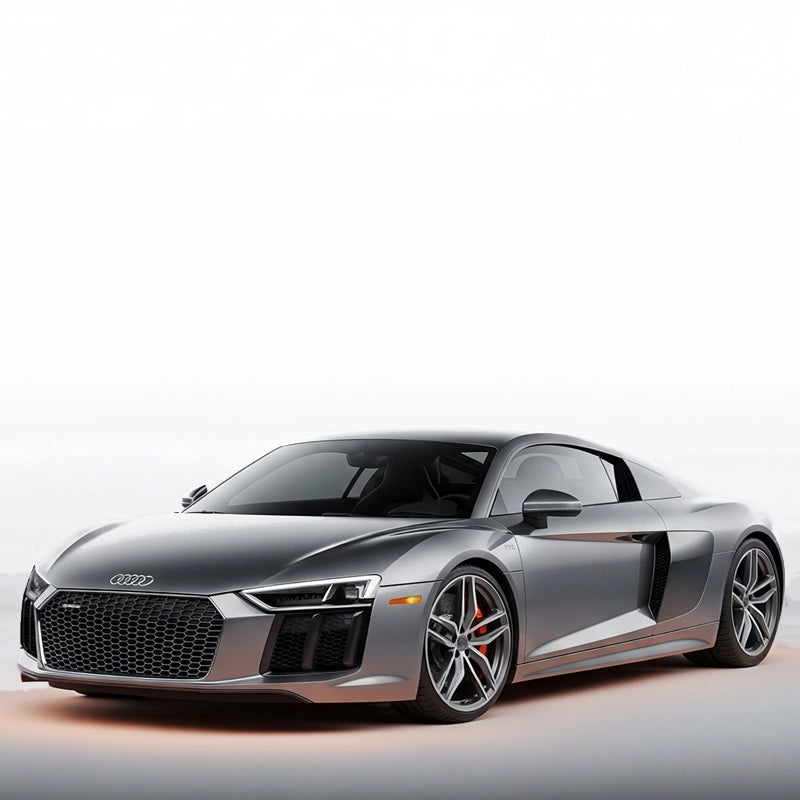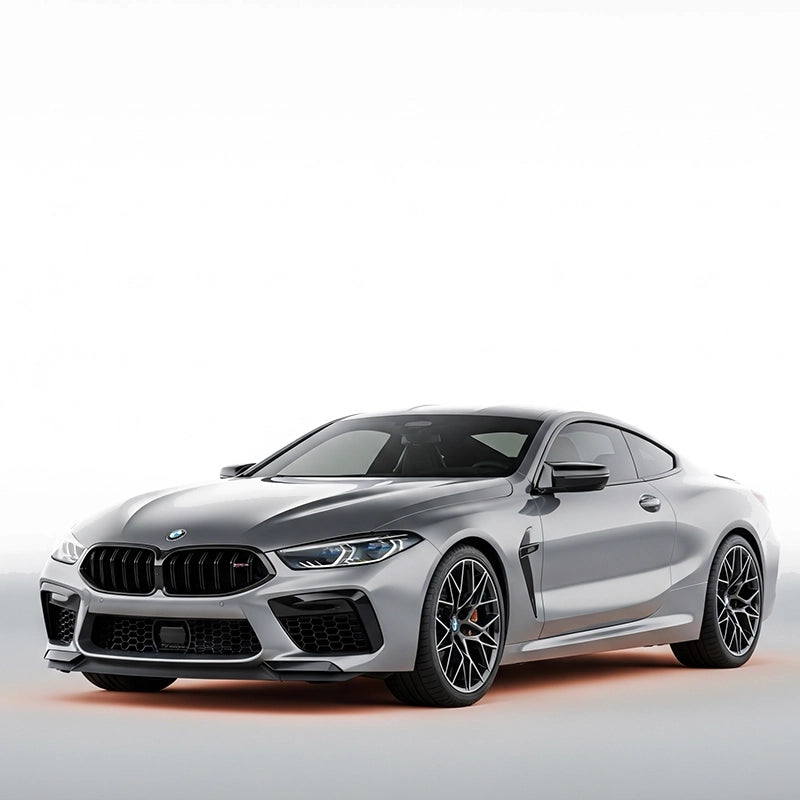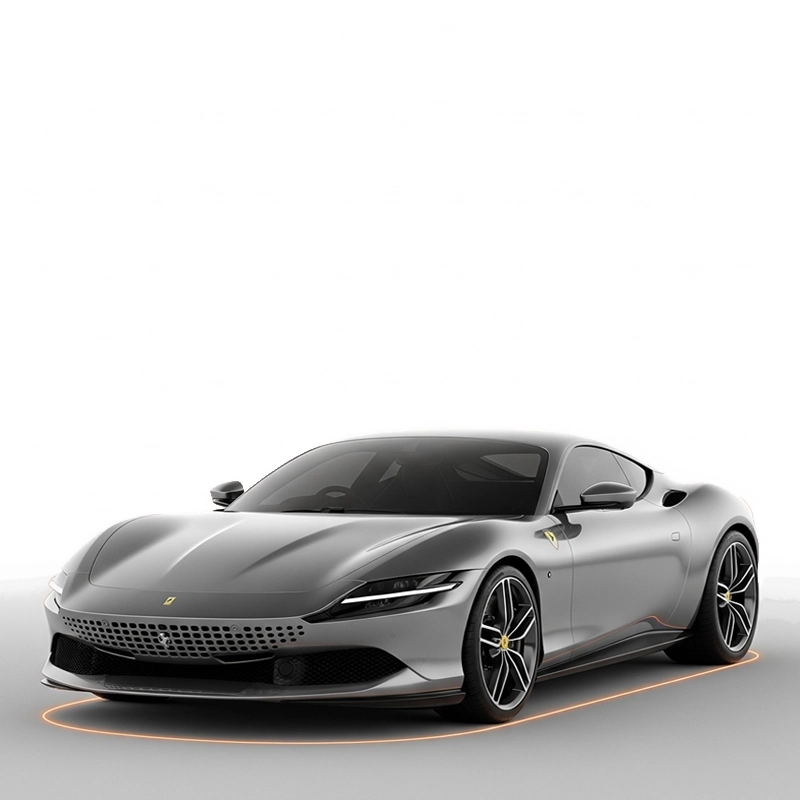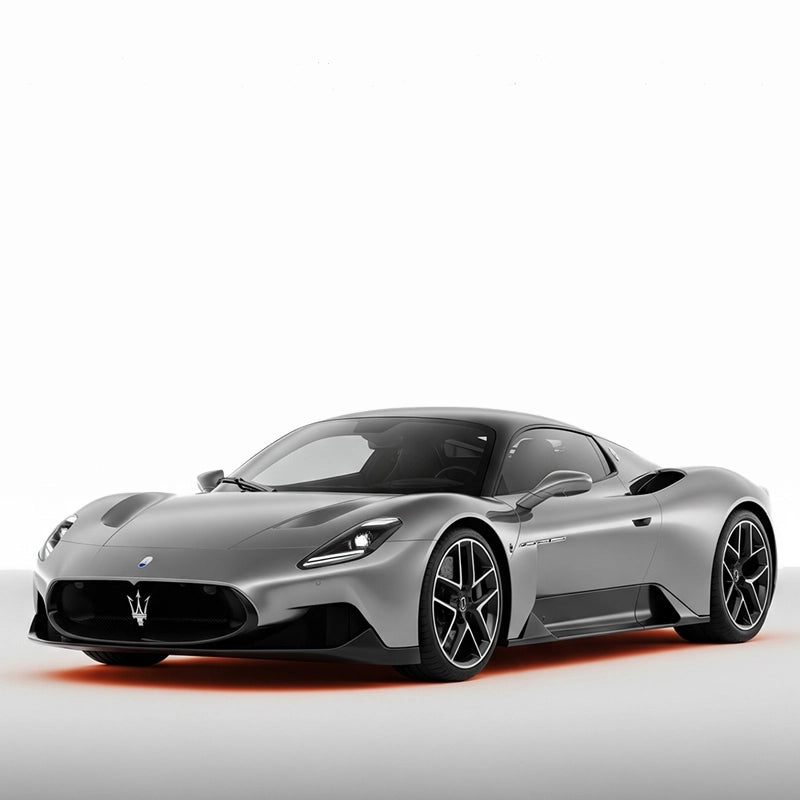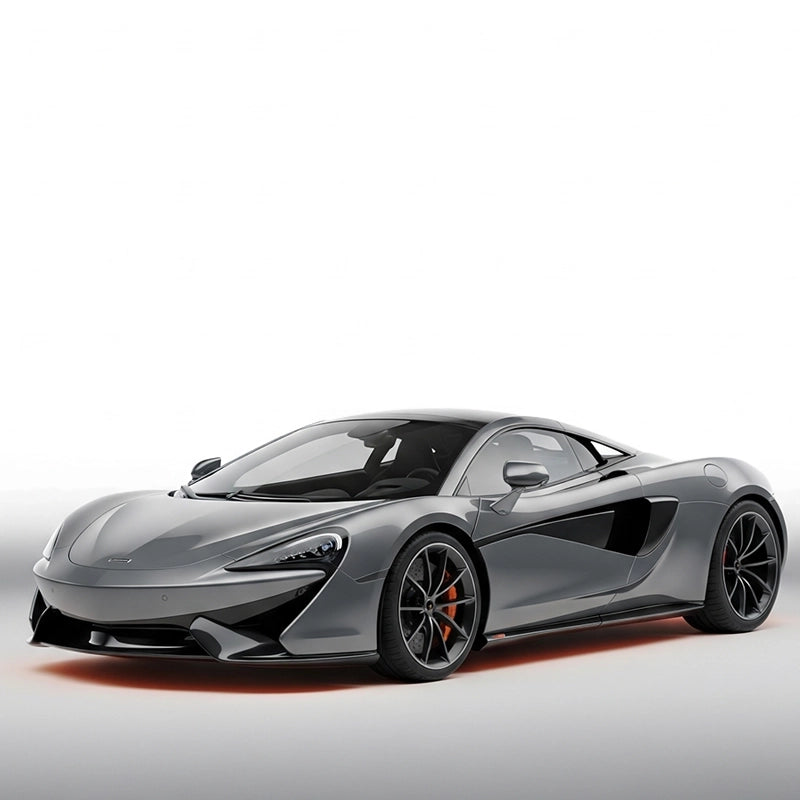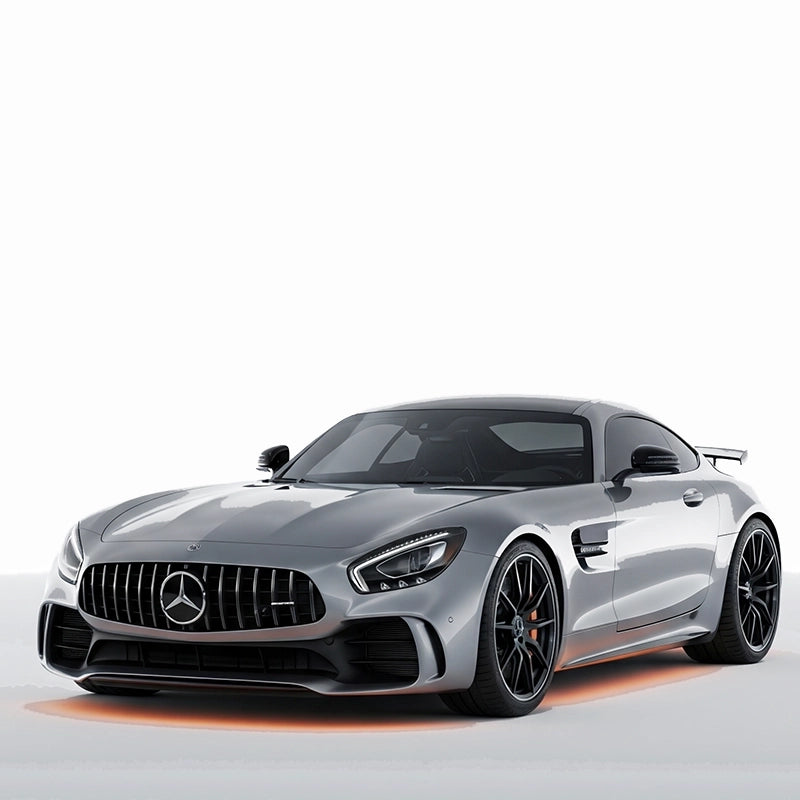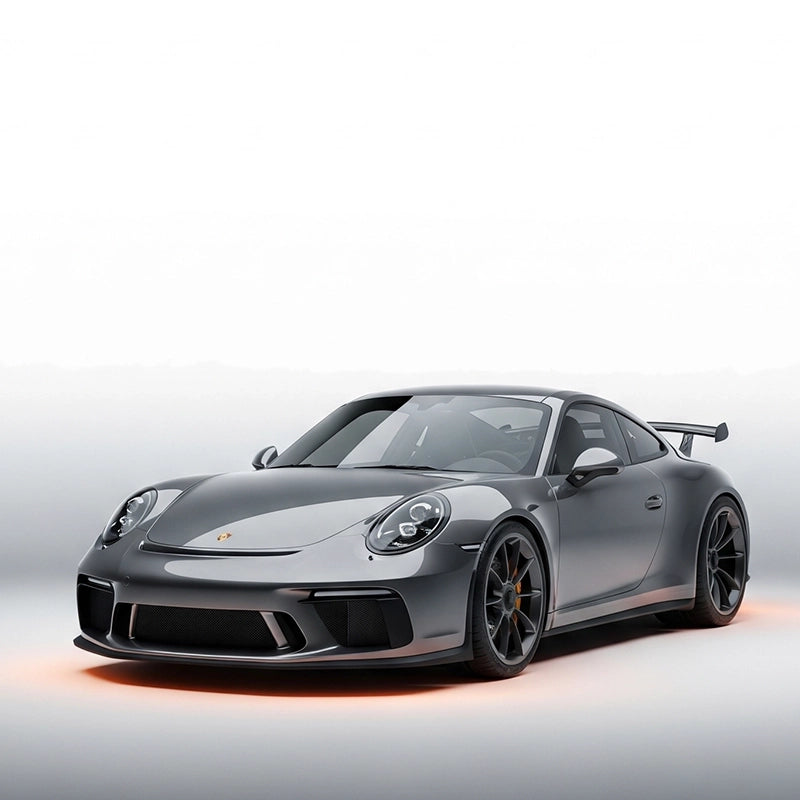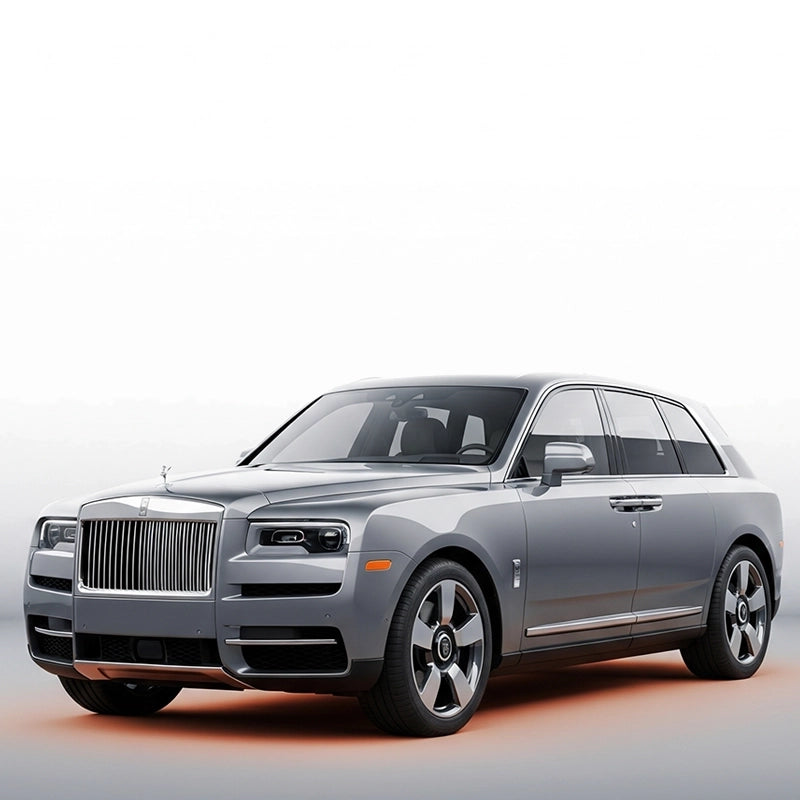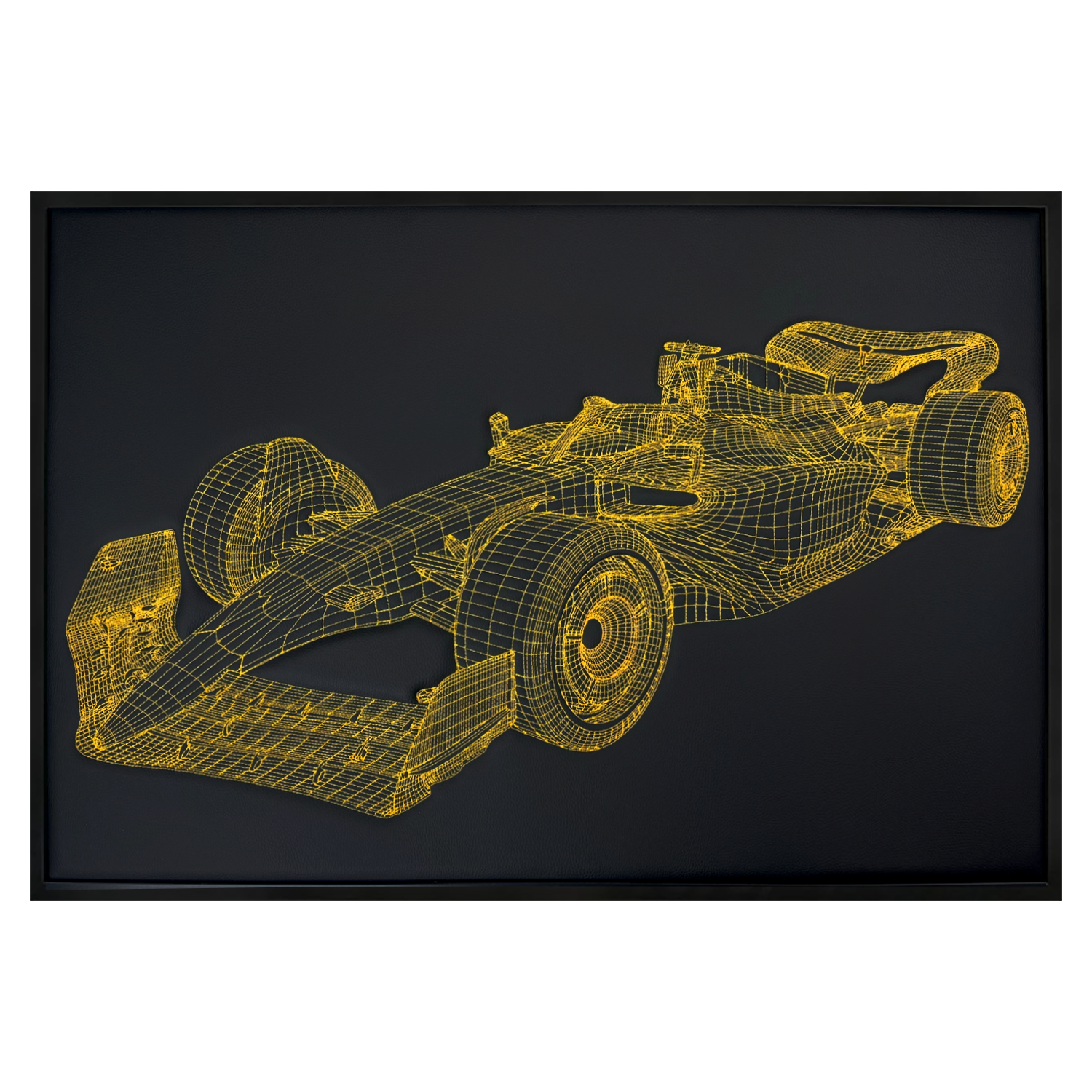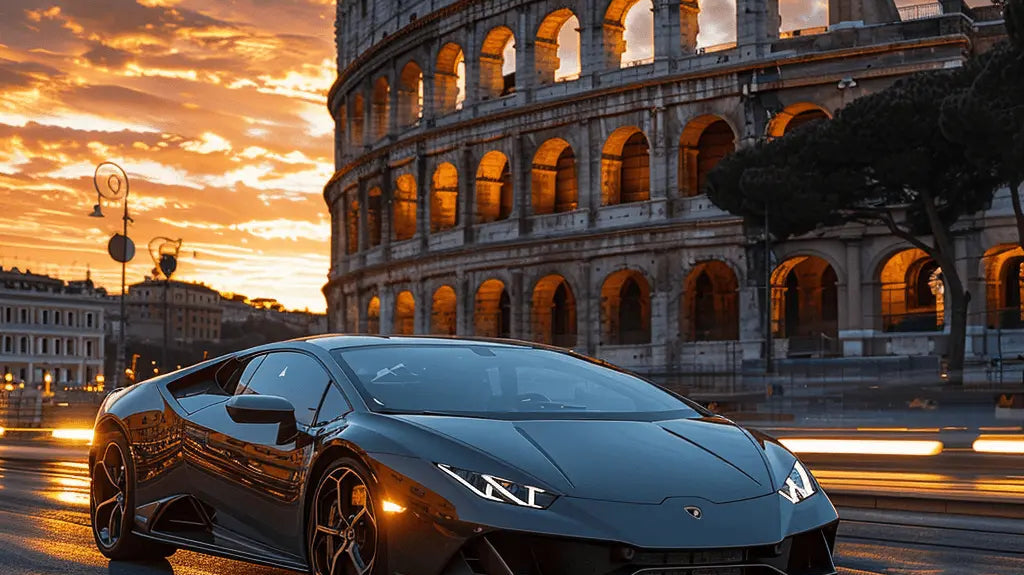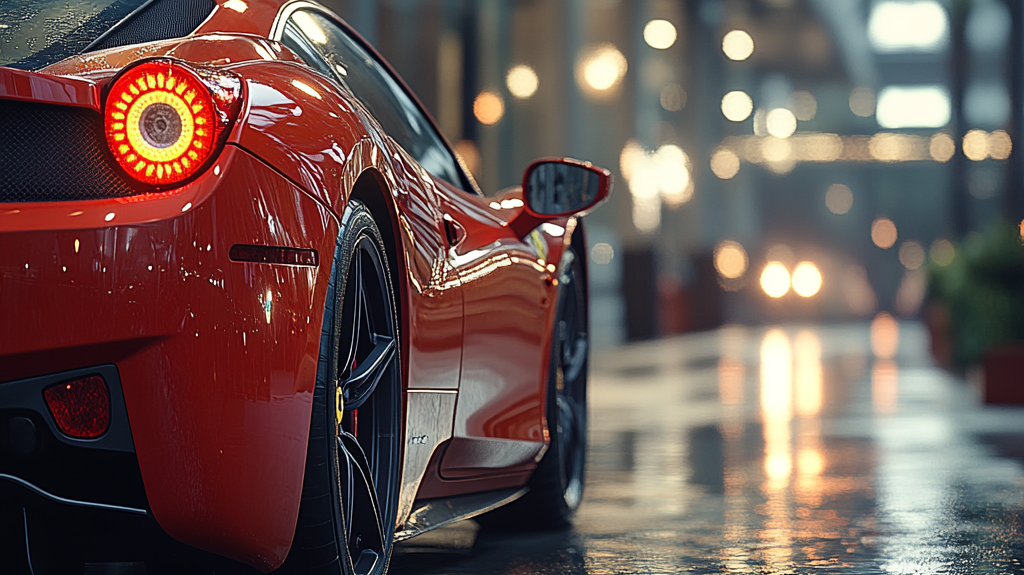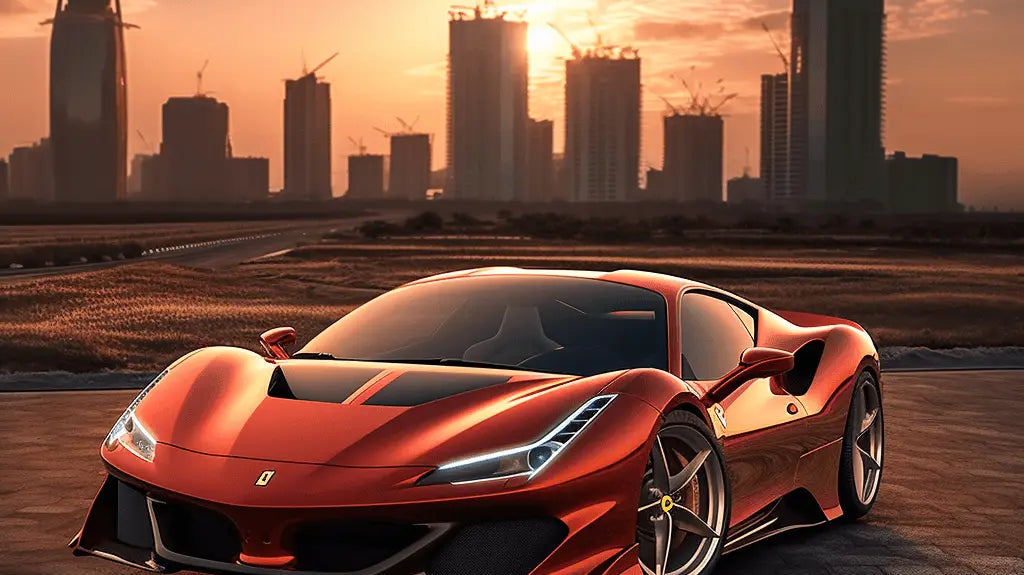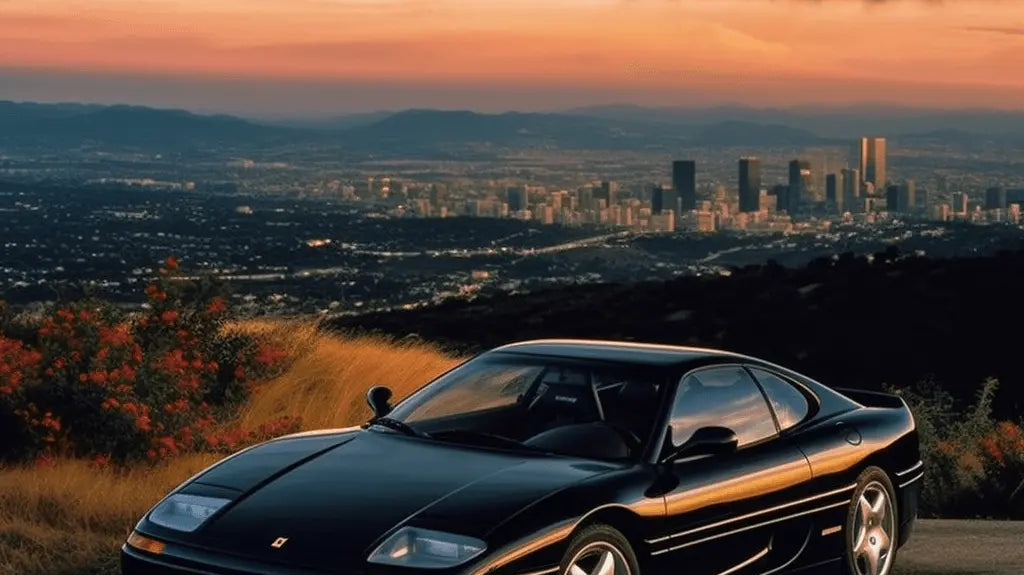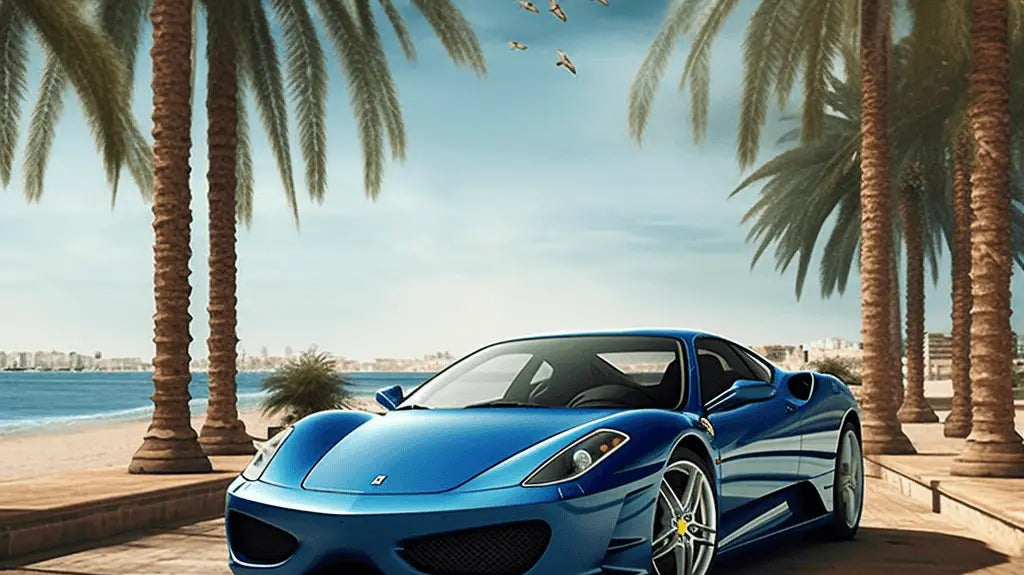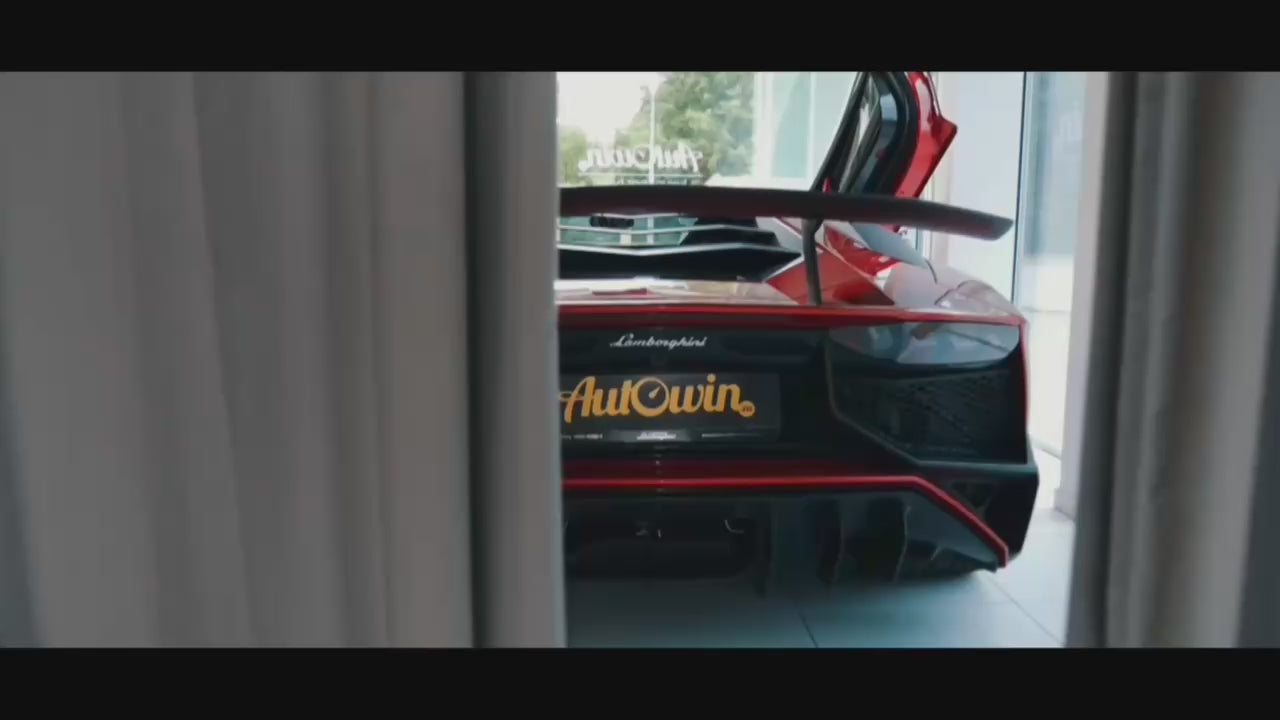The Original Audi RS: A Porsche Collaboration That Redefined Performance
I still remember the first time I slid behind the wheel of an Audi RS2 Avant. Cold morning, damp roads, that faint five-cylinder thrum. You give it half a beat of throttle, wait for the turbo to spool, and suddenly you’re shot down the road like you’ve been rear-ended by a freight train. The original Audi RS wasn’t just fast for its time—it felt mischievous. And that makes sense, because it was born from a slightly mischievous idea: get Porsche involved.
Back in 1994, Audi tapped Porsche to help turn a sensible 80 Avant into something that would make supercar drivers sweat. The result? The Audi RS2 Avant—315 bhp, Quattro traction, and enough everyday usability to carry a Labrador and a week’s groceries. It set the tone for every Audi RS that followed.
Audi RS2 x Porsche: How The First Audi RS Came To Life
On paper, the partnership sounds almost too good to be true. Porsche didn’t just consult; it rolled up its sleeves. Final assembly happened in Zuffenhausen. The RS2 wore Porsche-derived brakes with big, confident calipers, sat on Porsche-style Cup wheels, and even borrowed its door mirrors from a 911. A few early cars carried subtle Porsche scripts in choice places—less branding exercise, more calling card.
The result felt like a blend of German personalities: Audi’s cool-headed Quattro engineering with Porsche’s seat-of-the-pants precision. On a wet B-road, that combination still feels right. You sense the front end key into the surface and the rear just… follow orders.
Performance That Reset Expectations
- Engine: 2.2-liter turbocharged inline-five (code ABY), 315 bhp (232 kW), 302 lb-ft (410 Nm)
- Drivetrain: Quattro all-wheel drive, 6-speed manual (early press often quotes 5; most RS2s are 6-speed)
- 0–62 mph: around 4.8–5.2 seconds
- Top speed: 163 mph (262 km/h)
Numbers aside, it’s the way the Audi RS2 delivers its speed that sticks with you. Under 3,000 rpm, there’s a heartbeat of calm—then the turbo lights, the five-cylinder warble hardens, and you get that unmistakable shove. Traction is immense, the brakes feel heroic, and on rough roads the chassis keeps its composure like a good pair of trail shoes. I noticed straight away how confidence-inspiring it is in the wet. It’s quick enough to humble 90s exotics, yet tame enough to do a morning school run. That duality wasn’t common back then.
Everyday Life With The First Audi RS
RS2 ownership always felt like having two cars at once. A premium wagon when the family’s in tow, and a back-road missile when they aren’t. The seating position is pure ’90s Audi—slightly upright, vision excellent—and road noise is subdued enough to hear your kids arguing about who gets the rear window seat. On a ski weekend, it’s brilliant: roof box up top, boots and bags in the back, and Quattro laughing at slush. I did find the clutch a shade heavy in stop-and-go traffic, and the old-school boost build means you sometimes plan overtakes a fraction earlier than in modern RS metal—but that’s part of the charm.
Audi RS2 vs Its Period Rivals
| Car | Power | 0–62 mph | Drivetrain | Gearbox |
|---|---|---|---|---|
| Audi RS2 Avant (1994–1995) | 315 bhp | ~4.8–5.2 s | AWD (Quattro) | Manual |
| BMW M5 Touring E34 (1992–1995) | 335 bhp | ~5.7 s | RWD | Manual |
| Mercedes-Benz E 36 AMG Estate S124 (1993–1996) | 268–276 bhp | ~6.5 s | RWD | Automatic |
All three are cult heroes, but the Audi RS2’s all-weather speed gave it a unique edge. On cold, damp mornings, the RS2 felt like it brought a gun to a knife fight.
The Audi RS Legacy Starts Here
This first Audi RS wrote the rules for the brand’s future: real performance, real usability, and a proper motorsport heartbeat beating under everyday usability. Without the RS2, there’s no RS4 Avant legend, no V10 RS6 tall-tale road trips. The original Audi RS proved you could have a premium family car that would happily tussle with supercars.
Quirks, Flaws, And The Stuff You Learn Living With One
- A little turbo lag below 3,000 rpm—then it hits hard.
- ’90s ergonomics: terrific visibility, slightly upright seating.
- Parts availability can be… let’s say “interesting.” Certain Porsche-bred bits aren’t cheap.
- Infotainment? It’s the 90s. Bring a playlist and enjoy the engine’s soundtrack instead.
Accessorize Smartly Without Spoiling The Original Audi RS Vibe
When the car itself is this special, I tend to keep mods tasteful—maintenance first, then small touches that make living with it easier. Quality mats are a no-brainer. If you’re kitting out your Audi with fresh interior protection, I’ve had good luck with sets from AutoWin: they’re easy to clean after a muddy hike and don’t slide around like cheaper options.
If you’re browsing, the AutoWin e-shop also carries other interior bits for Audi and Porsche. Sensible upgrades that don’t mess with originality—that’s the sweet spot on a car like this.
Final Verdict: The Original Audi RS Still Matters
Three decades on, the Audi RS2 Avant still feels special. It was the spark—the first Audi RS—and the one built with Porsche fingerprints all over it. Fast, usable, and a little bit mad in the best way. Drive one on a cool autumn morning and tell me the brand’s RS legacy doesn’t make instant sense.
FAQ: Audi RS2 and the Original Audi RS Story
-
What was the first Audi RS?
The Audi RS2 Avant (1994–1995) was the original Audi RS, developed in collaboration with Porsche. -
How fast is the Audi RS2?
Official figures peg 0–62 mph around 4.8–5.2 seconds, with a top speed of roughly 163 mph. -
How many Audi RS2s were built?
Approximately 2,900 units, making it a relatively rare premium performance wagon. -
What’s special about the Porsche connection?
Final assembly at Zuffenhausen, Porsche-inspired brakes and wheels, and chassis tuning that gives the RS2 its confidence and stopping power. -
What should I watch for when buying?
Service history is everything. Check turbo health, hoses, ignition components, suspension wear, and budget for rare parts that can carry Porsche-level pricing.

